Communication is an essential aspect of human life, evolving continuously as technology advances. In the past few decades, technology has transformed the way we communicate, breaking down geographical barriers and enhancing the speed, efficiency, and accessibility of information exchange. From the invention of the telephone to the advent of the internet, technology has reshaped how we interact, collaborate, and form relationships. This essay explores the role of technology in modern communication, highlighting its advantages, challenges, and the implications for society.
The Evolution of Communication Technology
The journey of communication technology began with simple tools like drums, smoke signals, and carrier pigeons. As human societies grew and developed, more sophisticated means of communication emerged. The invention of the printing press in the 15th century was a revolutionary moment in communication, enabling the mass production of books and pamphlets, which allowed knowledge and ideas to spread rapidly across Europe.
The 19th century witnessed further breakthroughs with the telegraph and telephone, both of which revolutionized long-distance communication. However, it was the 20th century that saw the most dramatic changes. Radio and television brought audio and visual communication into millions of homes, making it possible to disseminate information instantly to large audiences. The most significant shift, however, came with the rise of the internet in the late 20th century, marking the beginning of the digital communication era.
The Internet: A Game-Changer for Global Communication
The internet has arguably been the most transformative communication technology in history. It has connected billions of people globally, allowing for instantaneous communication regardless of physical distance. Email, social media platforms, and messaging apps have become the primary means through which individuals, businesses, and governments communicate today.
Email, invented in the early 1970s, was one of the first internet-based communication tools to gain widespread use. It revolutionized business communication by allowing people to exchange messages almost instantly, eliminating the delays associated with traditional mail. Over time, email became a staple in personal and professional settings, used for everything from formal correspondence to casual conversations.
Social media, emerging in the early 2000s, further transformed communication by creating platforms where people could share updates, photos, and thoughts with friends, family, and the public. Platforms like Facebook, Twitter, Instagram, and LinkedIn have become integral parts of daily life, enabling users to connect with people across the world, form online communities, and stay updated on news and trends.
Mobile Communication: Staying Connected Anytime, Anywhere
The proliferation of mobile technology has added a new dimension to modern communication. Mobile phones, once limited to voice calls and text messaging, have evolved into smartphones—powerful devices that allow users to access the internet, use social media, and participate in video calls from virtually anywhere. The integration of various communication tools into a single device has made it easier for people to stay connected, whether for personal or professional reasons.
Instant messaging apps such as WhatsApp, Messenger, and Telegram have largely replaced traditional SMS due to their enhanced features and global reach. These apps offer group chats, multimedia sharing, voice and video calling, and end-to-end encryption, providing a more secure and versatile communication experience. Moreover, video conferencing platforms like Zoom, Skype, and Microsoft Teams have revolutionized the way people work and collaborate, making it possible to hold meetings, interviews, and conferences remotely.
The Impact of Social Media on Communication
Social media platforms have dramatically altered the landscape of communication. They offer individuals and organizations the ability to broadcast messages to large audiences, often in real time. While social media has facilitated the spread of information, it has also brought challenges, including the proliferation of misinformation, cyberbullying, and the erosion of privacy.
One of the most significant impacts of social media is the democratization of communication. In the past, only those with access to traditional media—such as newspapers, radio, and television—could reach large audiences. Social media, however, has given everyone a voice, allowing individuals to express their opinions, share content, and mobilize communities. This has led to the rise of social movements like #MeToo, Black Lives Matter, and climate change activism, which have gained global attention and driven social change.
However, the open nature of social media has also made it a breeding ground for misinformation and fake news. The rapid spread of false information can have serious consequences, as seen during events like the COVID-19 pandemic, where misinformation about the virus and vaccines spread widely on social media platforms. Additionally, the anonymity provided by social media has facilitated cyberbullying and harassment, leading to mental health issues for many users.
The Role of Artificial Intelligence in Communication
Artificial intelligence (AI) is playing an increasingly important role in modern communication. AI-powered tools are being used to enhance communication in various ways, from chatbots that provide customer support to algorithms that personalize content on social media platforms. Voice recognition technologies like Siri, Google Assistant, and Alexa have made it easier for users to interact with their devices through spoken commands, streamlining communication processes.
Natural language processing (NLP), a branch of AI, is being used to develop sophisticated chatbots that can understand and respond to human language. These chatbots are employed in customer service, where they can answer queries, provide recommendations, and even handle transactions without human intervention. In addition, AI algorithms are used to analyze social media content, identifying trends, sentiments, and engagement patterns, which can help businesses tailor their communication strategies.
AI is also revolutionizing translation services, breaking down language barriers in communication. Tools like Google Translate and DeepL use machine learning to provide real-time translations, enabling people who speak different languages to communicate more easily. This has been particularly beneficial for global businesses, which can now interact with clients and partners from different linguistic backgrounds without the need for human translators.
Challenges of Technology-Driven Communication
While technology has brought numerous benefits to modern communication, it has also introduced new challenges. One of the most pressing issues is the digital divide—the gap between those who have access to modern communication technologies and those who do not. In many parts of the world, particularly in developing countries, internet access remains limited, preventing millions of people from fully participating in the global digital economy and communication networks.
Another challenge is the erosion of face-to-face communication skills. As people increasingly rely on digital communication, there is a growing concern that traditional interpersonal skills, such as active listening and non-verbal communication, are being lost. The impersonal nature of online communication can also lead to misunderstandings, as tone and body language are often difficult to convey through text-based mediums.
Privacy is another major concern in the digital communication era. With so much personal information being shared online, individuals are at risk of having their data harvested, used for targeted advertising, or even stolen in cyberattacks. The widespread use of social media has also led to concerns about surveillance, as governments and corporations can monitor online activity to gather information about users’ preferences, behaviors, and opinions.
Conclusion: The Future of Communication Technology
Technology will continue to shape the future of communication, bringing both new opportunities and challenges. As innovations like AI, virtual reality, and 5G technology evolve, they will further enhance the speed, accessibility, and interactivity of communication. However, it is crucial to address the challenges that accompany these advancements, such as the digital divide, privacy concerns, and the decline of face-to-face communication skills.
In a world where technology is increasingly integrated into every aspect of life, effective communication will remain a vital skill. The ability to adapt to new tools and platforms, while maintaining strong interpersonal communication skills, will be essential for success in both personal and professional contexts. As we move forward, the role of technology in communication will continue to be a dynamic and influential force, shaping the way we connect and interact with one another.

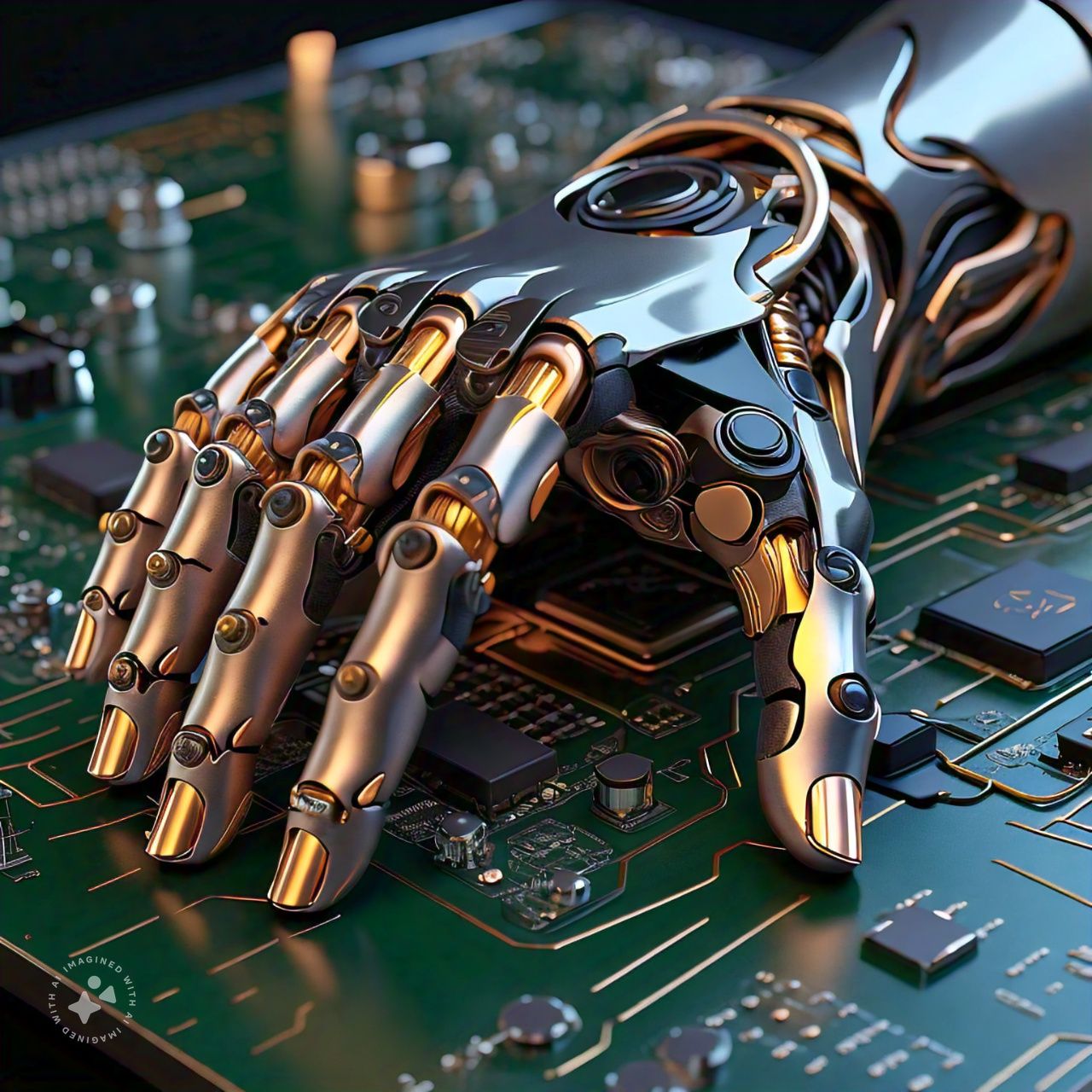
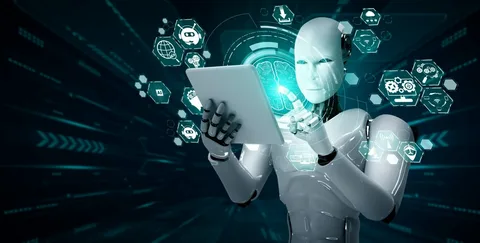
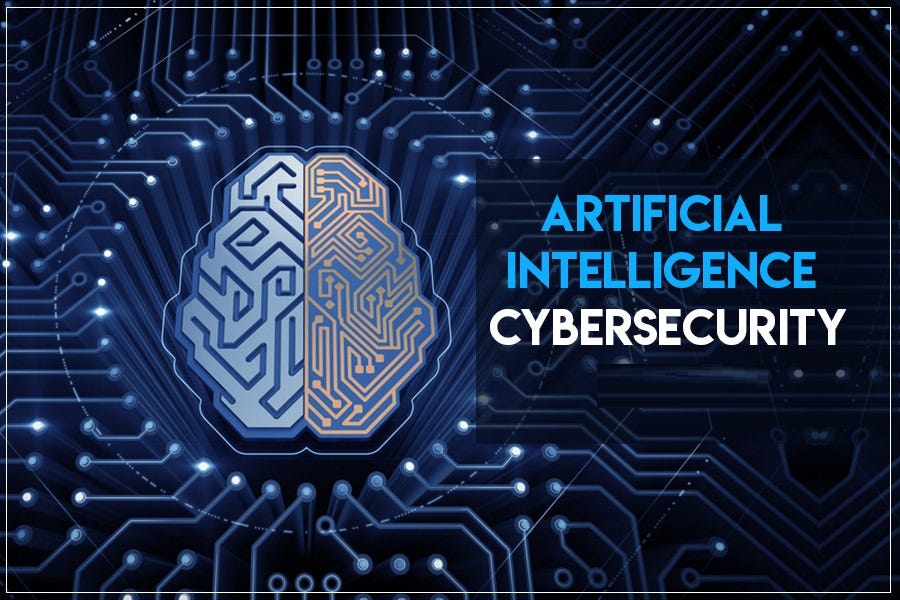


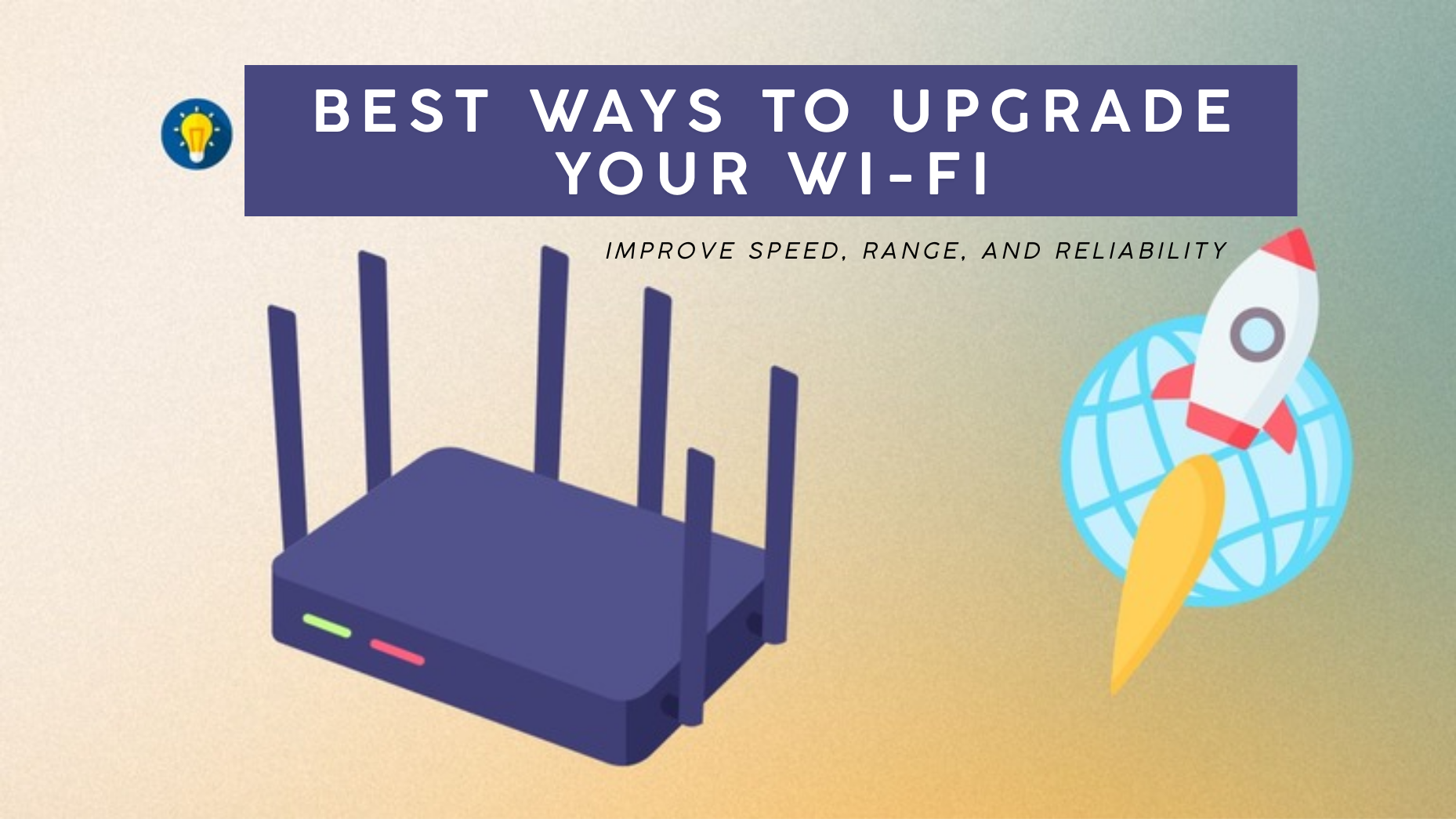
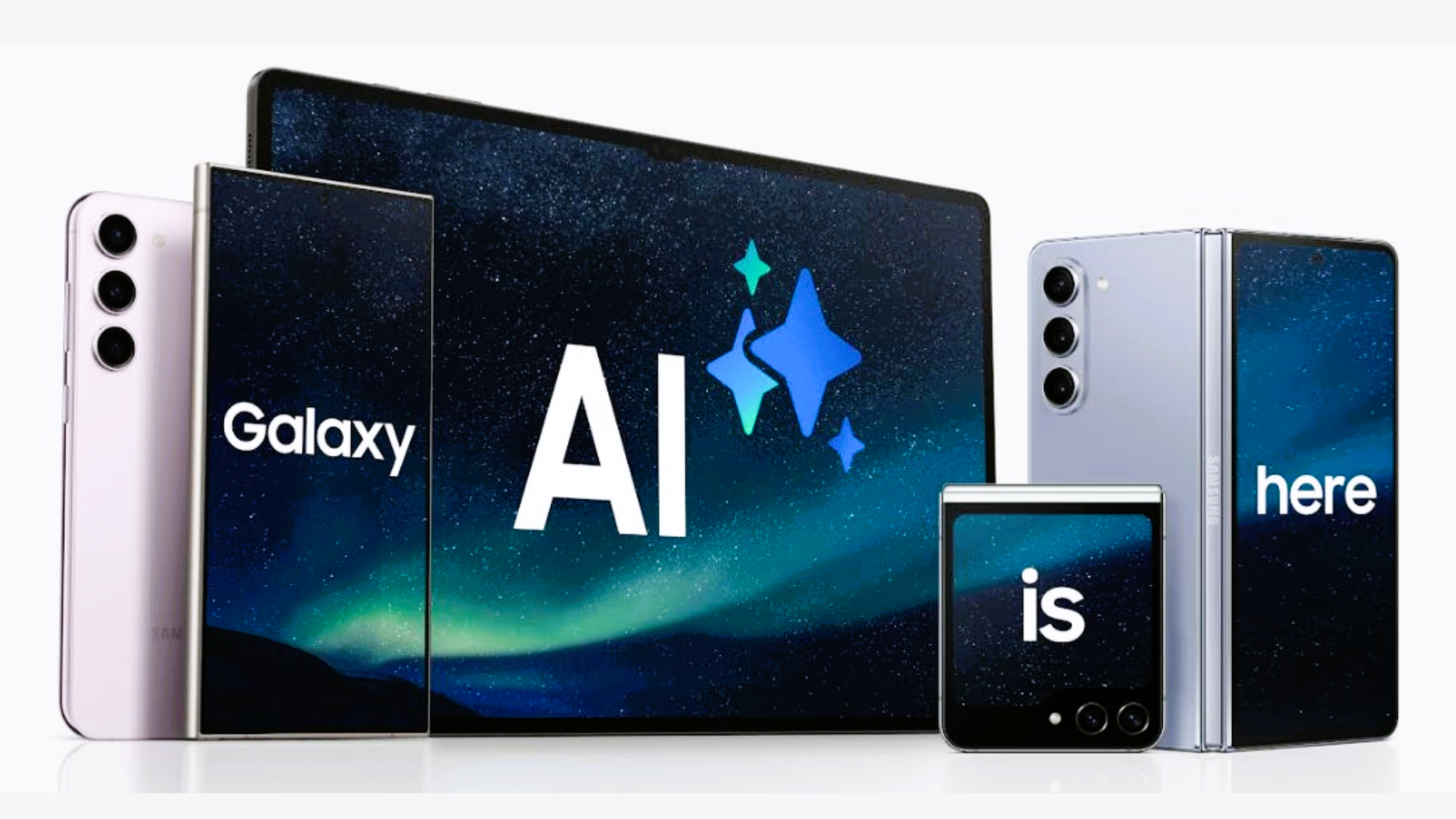

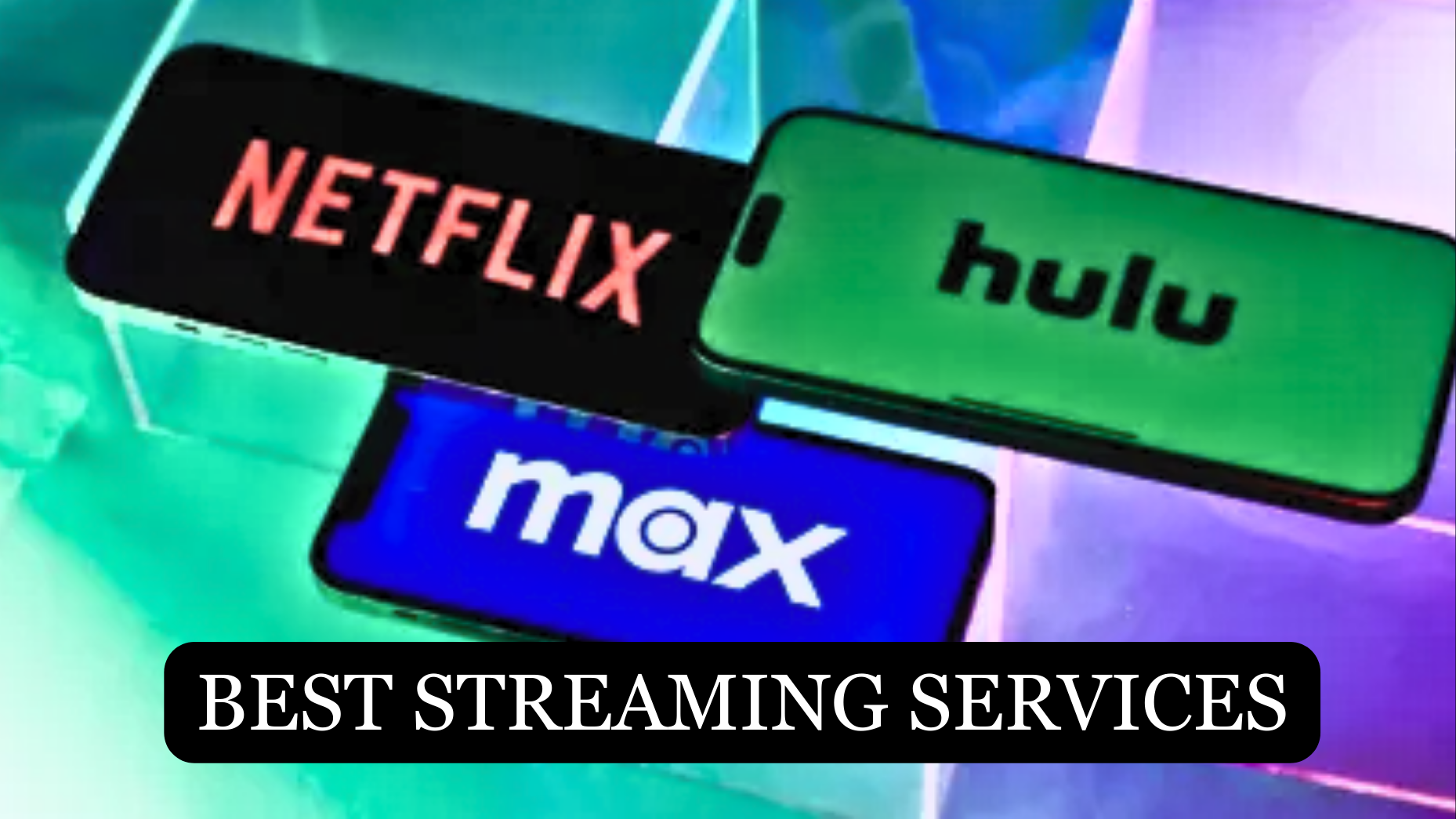
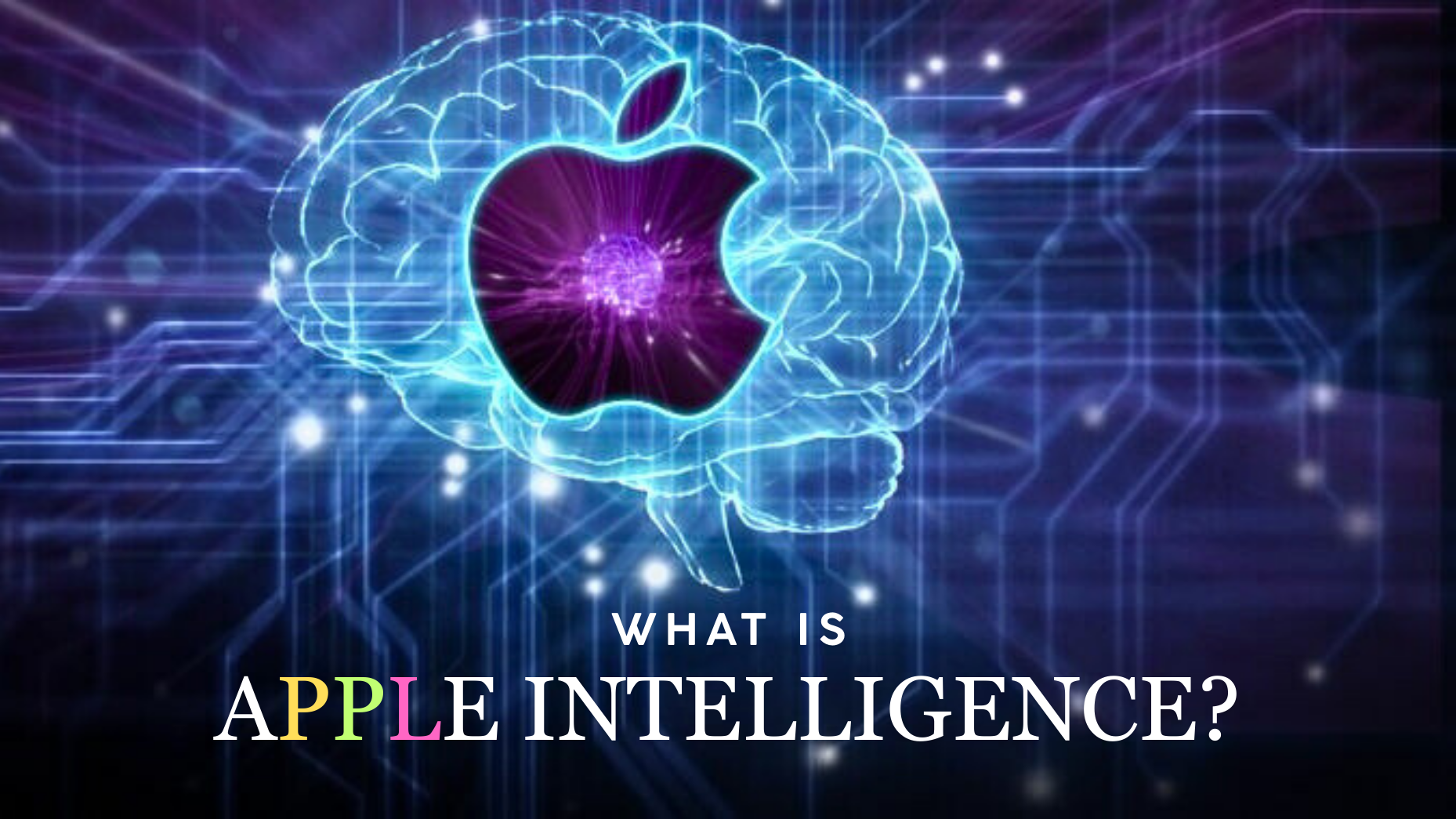
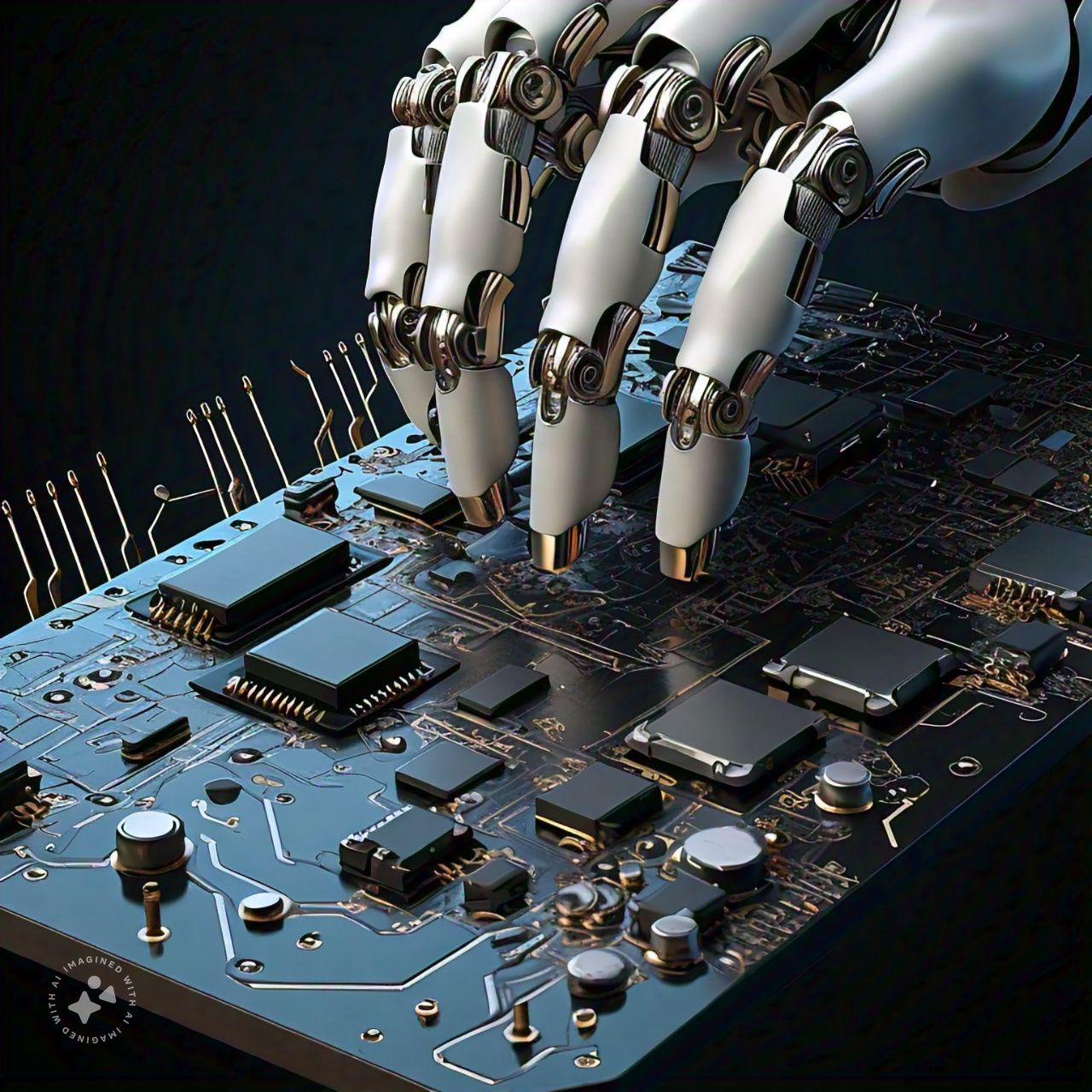

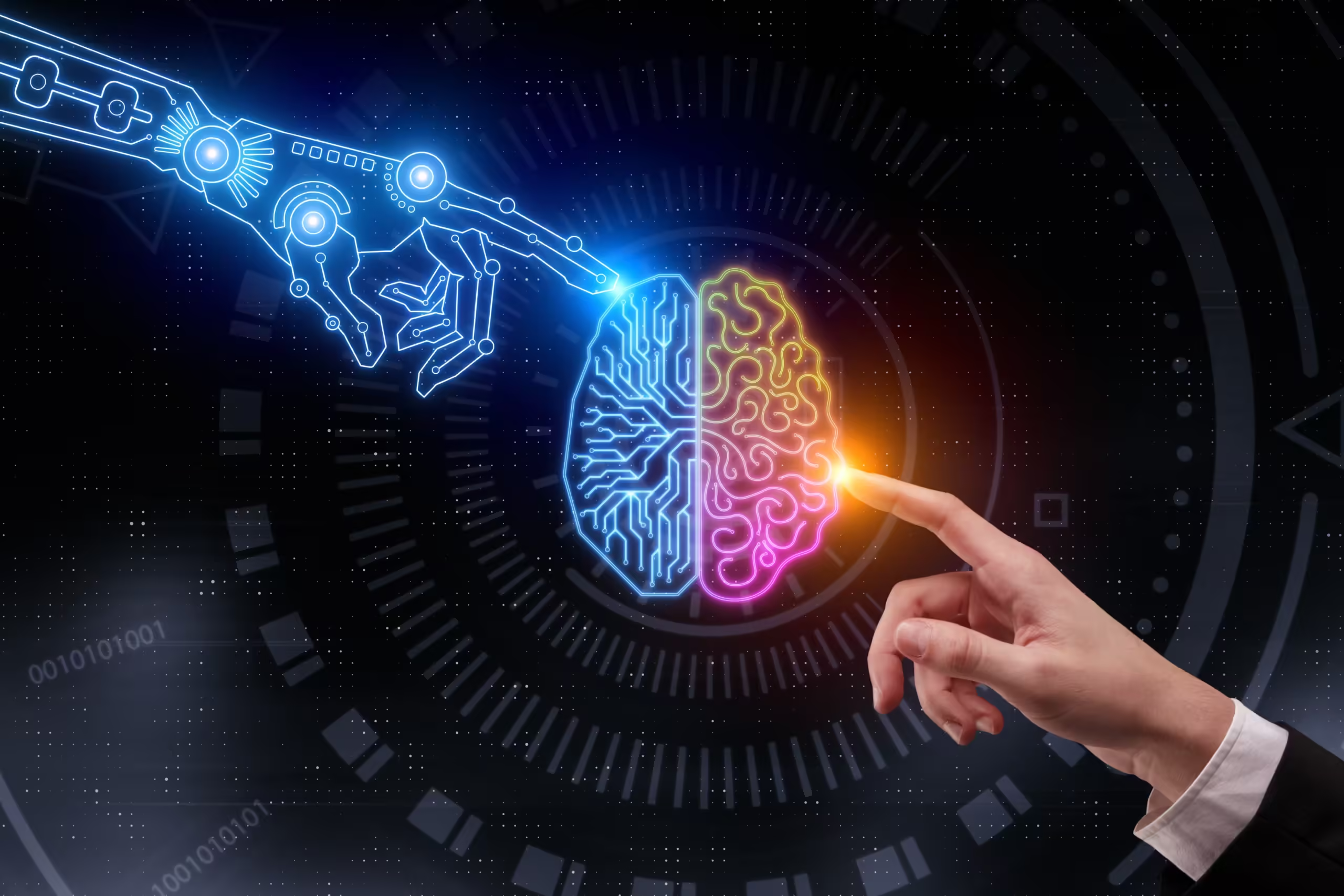
Leave a Reply